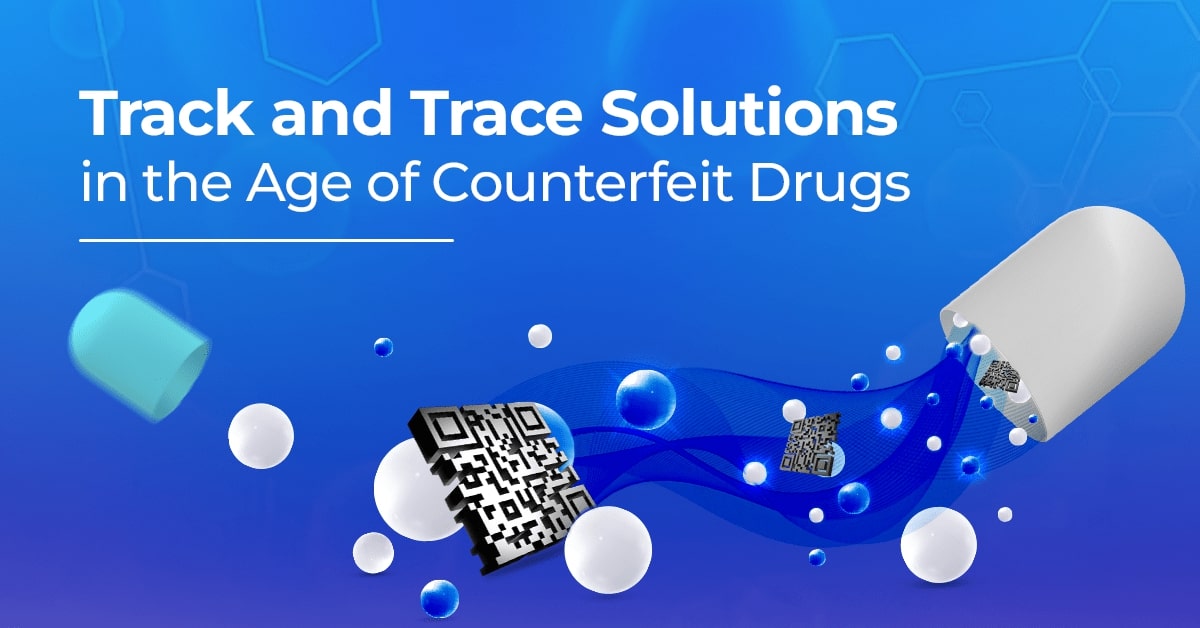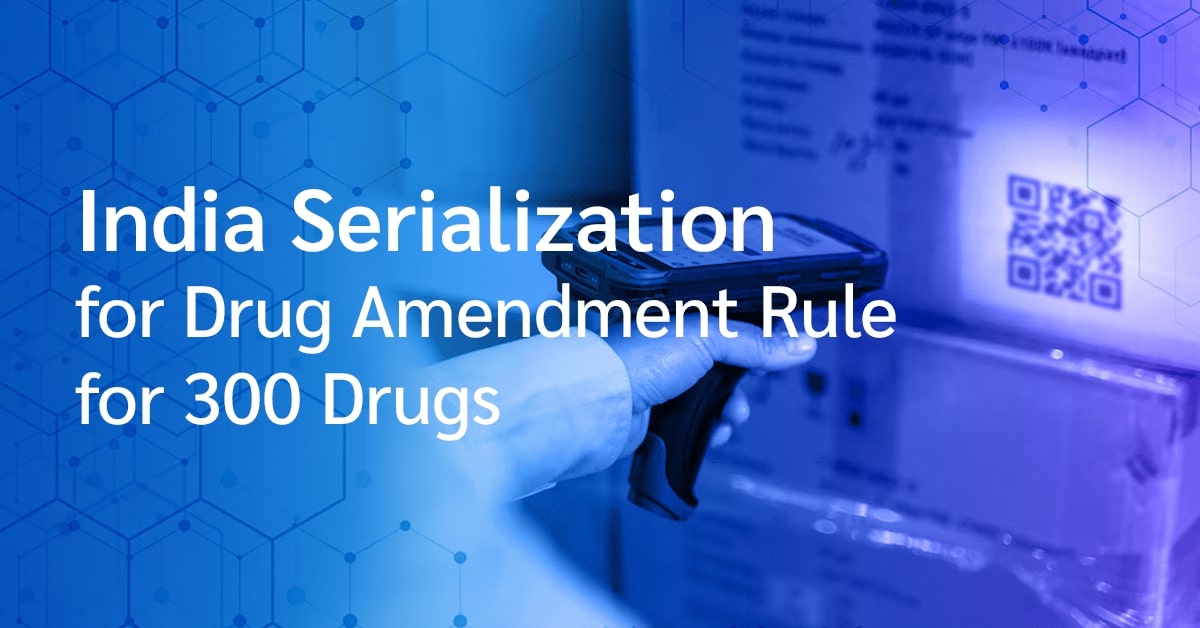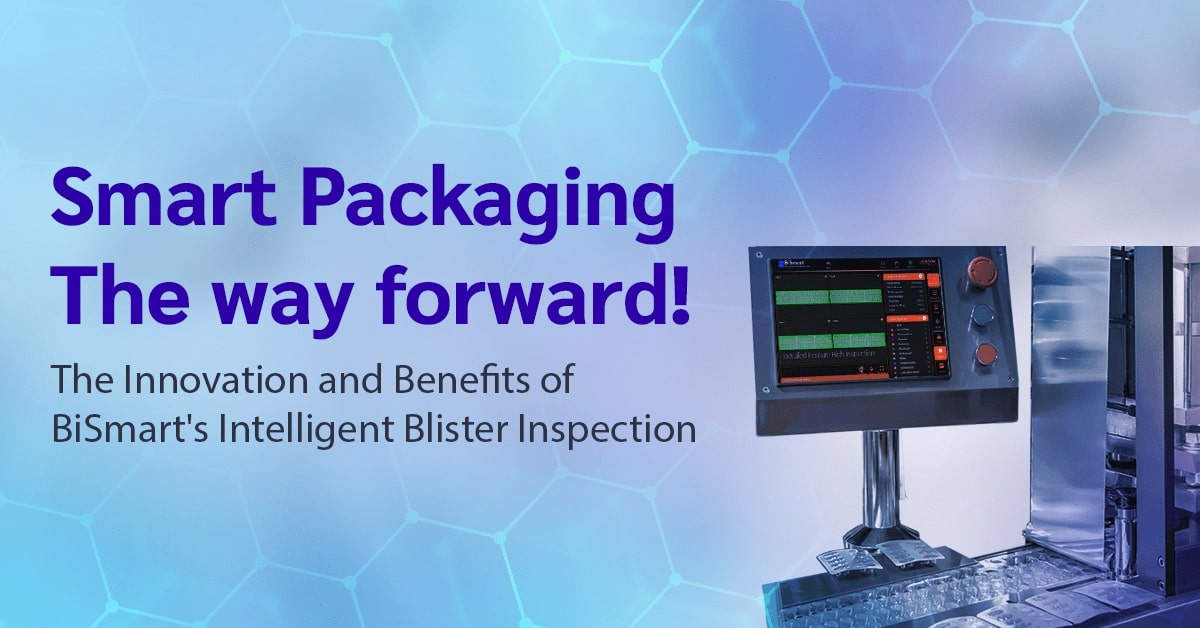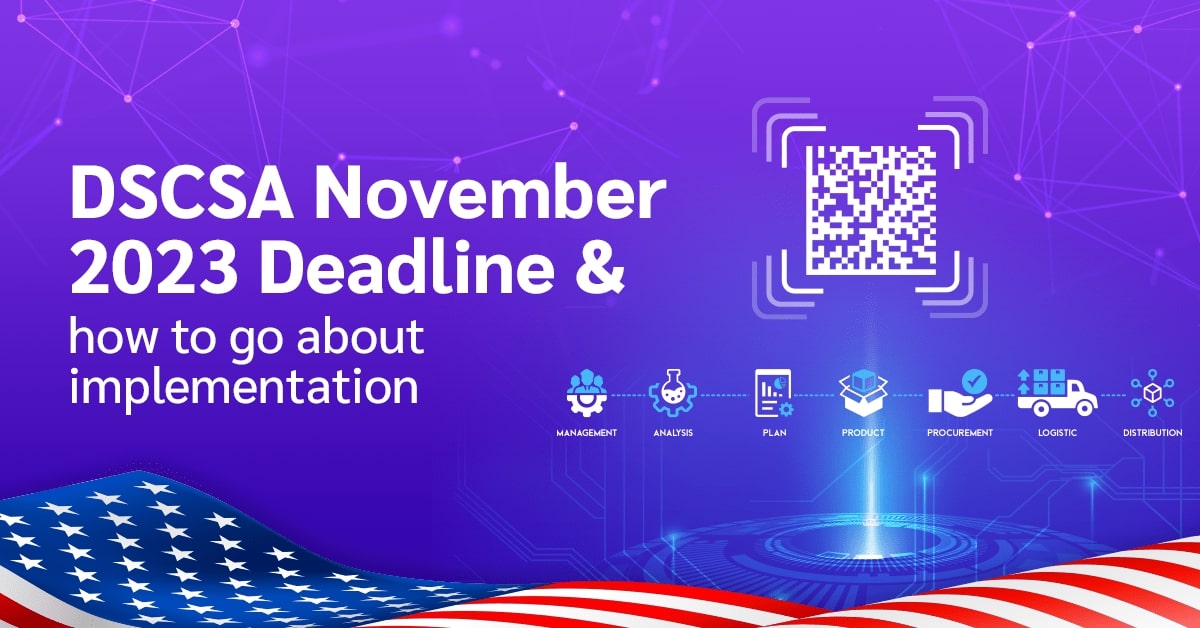“Did you know that a single defective vial in a pharmaceutical batch can cost companies millions in recalls?”
This stark reality highlights the critical importance of vial inspection in the pharmaceutical industry. As the backbone of regulatory compliance and operational efficiency, quality assurance in vial production is a non-negotiable priority.
This guide explores the intricacies of vial inspection, identifies common defect types, and outlines best practices to ensure consistent quality. Additionally, we present cutting-edge solutions offered by Jekson Vision to streamline and optimize the vial inspection process, helping you maintain the highest standards in production and compliance.
Why Vial Inspection Matters
The pharmaceutical industry is governed by stringent regulations, including those set by the FDA, EMA, and other global agencies. These frameworks ensure that every product reaching the market meets the highest safety and efficacy standards. Vial inspection is a vital step in maintaining product integrity and patient trust. The consequences of defective vials can be severe:
- Compromise Product Sterility: Cracks, chips, or improper seals can allow contaminants to enter.
- Trigger Costly Recalls: Regulatory non-compliance often results in financial losses, legal actions, and damaged reputations.
- Delay Production: Identifying defects late in the process can disrupt schedules and create bottlenecks.
These risks highlight the importance of a robust and thorough vial inspection process that aligns with regulatory and operational demands.
Key Benefits of Advanced Inspection Systems
- Enhanced Quality Control
Detects and addresses defects with high precision, ensuring compliance with FDA and EMA standards while protecting patient safety and brand reputation. - Improved Workflow Optimization
Streamlines operations by eliminating bottlenecks, enabling seamless integration with production lines, and offering real-time data for process improvements. - Reduced Downtime
Minimizes disruptions with automated calibration, self-diagnostics, and predictive maintenance, ensuring continuous operation and increased throughput. - Easy-to-Use Interface
Intuitive controls and user-friendly design allow quick setup and operation, reducing training time and minimizing human error. - Comprehensive Reporting
Generates detailed, regulatory-compliant reports for better traceability, documentation, and audit readiness. - Optimized Space Utilization
Compact design fits into existing setups without requiring extensive modifications, maximizing production floor efficiency.
Types of Vial Defects
Understanding the types of defects that can occur in pharmaceutical vials is crucial for designing effective inspection systems. Below are the most common categories of vial defects, along with their sources, risks, and detection methods.
1. Particulate Matter
- Sources: Contamination during production, packaging, or transportation.
- Risks: Foreign particles can cause embolism, allergic reactions, or other adverse effects if administered to patients.
- Detection: High-resolution imaging systems and laser-based light-scattering techniques.
2. Cosmetic Defects
- Examples: Scratches, chips, discoloration, or irregular labeling.
- Impact: While cosmetic defects may not compromise functionality, they can undermine consumer confidence and indicate broader quality issues.
3. Sealing Defects
- Examples: Improper capping, misaligned seals, or loose closures.
- Risks: Sealing defects compromise sterility, exposing the product to contamination and reducing its shelf life.
4. Structural Defects
- Examples: Cracks, deformities, or incomplete glass formation.
- Risks: Structural issues increase the likelihood of vial breakage during transportation or handling, jeopardizing both safety and supply chain efficiency.
5. Filling Defects
- Examples: Overfilling, underfilling, or trapped air bubbles.
- Impact: Filling defects can alter dosage accuracy, violate regulatory standards, and reduce patient trust.
Best Practices for Vial Inspection
To ensure comprehensive inspection and defect detection, pharmaceutical companies must adopt these best practices:
1. Invest in Automated Systems
Manual inspection is prone to human error, especially at high production volumes. Automated systems offer unmatched speed, precision, and consistency, minimizing the risk of oversight.
2. Implement Real-Time Data Analysis
Advanced systems that offer continuous monitoring and data feedback can help identify defect trends and prevent recurrence. Analytics tools provide actionable insights for process improvement.
3. Calibrate Equipment Regularly
Inspection equipment must be calibrated at regular intervals to maintain accuracy and reliability. Routine maintenance ensures consistent performance.
4. Train Staff Thoroughly
Even with automated systems, human oversight is essential. Staff must be well-trained to interpret inspection results, identify anomalies, and make informed decisions.
5. Conduct Routine Audits
Regularly review inspection protocols and equipment performance. Routine audits help ensure compliance with evolving regulatory standards and enhance system efficiency.
The Future of Vial Inspection: Jekson Vision
Pharmaceutical companies aiming to stay ahead in quality assurance require tools that push the boundaries of innovation—and at Jekson Vision, we provide just that. Known for our advanced inspection technologies, we offer solutions that redefine both precision and efficiency in vial inspection. Here’s how we stand out:
- High-Speed Precision for Your Production Line
Supercharge your efficiency with our inspection system, delivering an impressive throughput of 300 vials per minute. Experience lightning-fast inspections without ever sacrificing accuracy. - Quick & Easy Setup
Our advanced autofocus camera system ensures setup is a breeze, getting your production line up and running in no time. - Smarter Inspections with AI
Powered by intelligent algorithms, our system adapts seamlessly to unique production scenarios, enhancing defect detection and boosting reliability. - Crystal-Clear Imaging
An adjustable light source eliminates reflection challenges, providing unparalleled clarity for superior inspection results. - Regulatory Confidence Built-In
Fully 21 CFR Part 11 compliant, our solution meets the highest standards for electronic records and audit trails, keeping you audit-ready. - Designed for Flexibility
Compact and versatile, it’s compatible with small PCs, ICPs, Palm PCs, and Windows Tablets, fitting seamlessly into any workspace.
Practical Steps to Implement Jekson Vision’s Solutions
- Assess Your Current Process: Identify bottlenecks and areas for improvement in your existing inspection workflow.
- Consult with Jekson Vision: Collaborate with our experts to evaluate your specific needs and determine the best system configuration.
- Pilot Test the System: Conduct a trial run to evaluate the performance of the Jekson Vision system in detecting defects under real-world conditions.
- Train Your Team: Ensure staff are familiar with the new system’s capabilities, features, and operation protocols.
- Monitor and Optimize: Leverage the system’s data analytics to continually refine and improve your inspection processes.
Conclusion
Ensuring the quality of pharmaceutical vials is not just about meeting standards—it’s about safeguarding patient lives and protecting the integrity of your brand. At Jekson Vision, we understand the critical importance of this responsibility. By identifying common defect types and leveraging advanced inspection technologies, we help you stay ahead in compliance.
We take pride in being your trusted partner in this journey. With our state-of-the-art solutions, tailored specifically to address the unique challenges of the pharmaceutical industry, we deliver precision, innovation, and reliability you can count on.
By adopting the insights and technologies we provide, you can ensure unmatched product quality and earn the trust of your patients every step of the way. Let’s work together to make a difference where it matters most.







